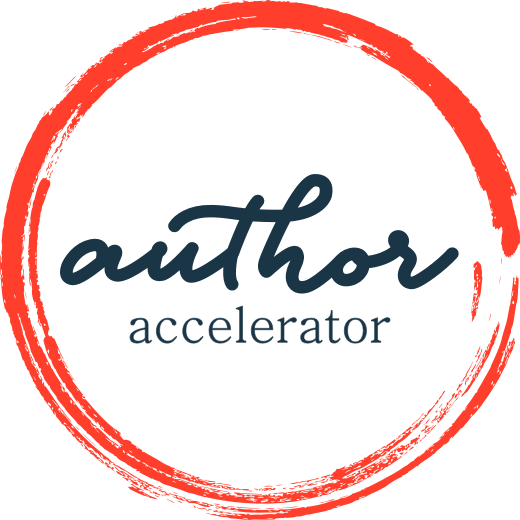Season 2, Episode 5: The (Not-So) One-Hour Manuscript Review
Both Melanie and I struggled to keep the One-Hour Manuscript Review to, ahem, one hour.
IN THIS EPISODE
Jennie teaches us how to look at our finished drafts not as a writer would (looking at pretty sentences, etc..) but as an agent or editor would if they pulled it off the slush pile.
The One-Hour Manuscript review is a series of timed readings of specific parts of your book, after which you answer big questions.
It’s looking at the story and character motivations, the force of opposition.
Mel talks about her Four-Hou— I mean, One-Hour Manuscript Review and the red flags it brought up in her first draft.
We go back to Mel’s genre choices, and how you can let those choices drive your decisions. By choosing one genre (medical thriller?) it doesn’t mean you have to squeeze out all the romance. But the main genre has to be the trunk of the tree, and the other “sub-genres” can be the branches.
Jennie tells Mel there weren’t any holes in her analysis. Instead, her analysis showed us where the holes were in her novel.
If in revision you only brush up on the prose, the holes will still be there. Right now is the time to uncover the holes and fix them. Fixing the prose comes later.
At the end, we talk a little about feedback from beta readers. Mel sent her story to a friend to read (not me!) and Jennie helps walk her through how to process that beta reader’s feedback.
“Your goal as a writer is to always hold on to your vision of what you want this to be, and not to bend it into something else – it needs to end up more of what it already is. There always needs to be some sort of balance between knowing this and taking in advice about your story.”
Every writer wants to be read—it’s all about how you want to get your story to the readers. If you traditionally publish, your book is going to go through many hands before it sees the shelf. If you self-publish you retain a lot of that control, but there’s a lot more work on your end. It’s important you ask yourself what you envision your work to be, how do you get it closer to the vision you have in your head? Any advice that takes you away from that is something you may want to think twice about. But consider taking the advice that helps you get there.
Mel’s goal for this revision is to add some layers, depth, and clarity that weren’t there the first time. Jennie points out that competitive titles help an agent and publisher decide where your book is going to sit on the shelf—now is Mel’s book sci-fi, speculative fiction, medical thriller? She’s shying away from the dystopian fiction genre because although her book takes place in the near future, society isn’t undergoing or has undergone that breakdown that makes dystopia unique.
The book summary is the high-level review that asks the big questions – where’s this book going to live? Who’s going to read it? It’s time to narrow those things down, and narrow down the point of your book, your character, how your character changes over the course of the story—really distill that information so if you had this info on the back of a book jacket, someone could pick it up in the bookstore and know what they’re getting.
One important thing to get right about the force of opposition is that it has to be directly related to what the character is trying to learn. You’re trying to make a point about the big things in life, and you want the force of opposition to be continuously pushing your character in this new direction all the time. It can grow, deepen and change, but this is what we’re talking about when we say we want a revision to make the book more of what it is, what you intended it to be.
